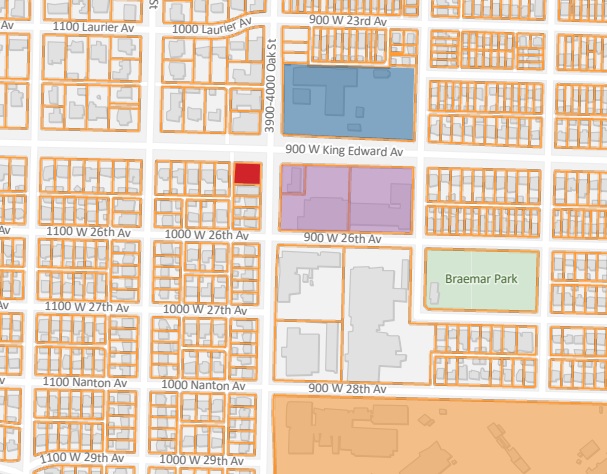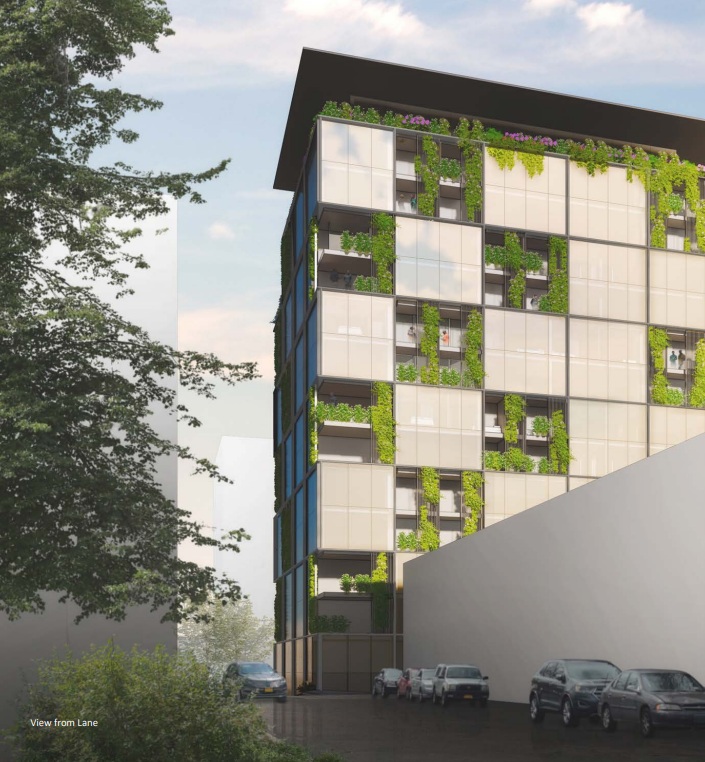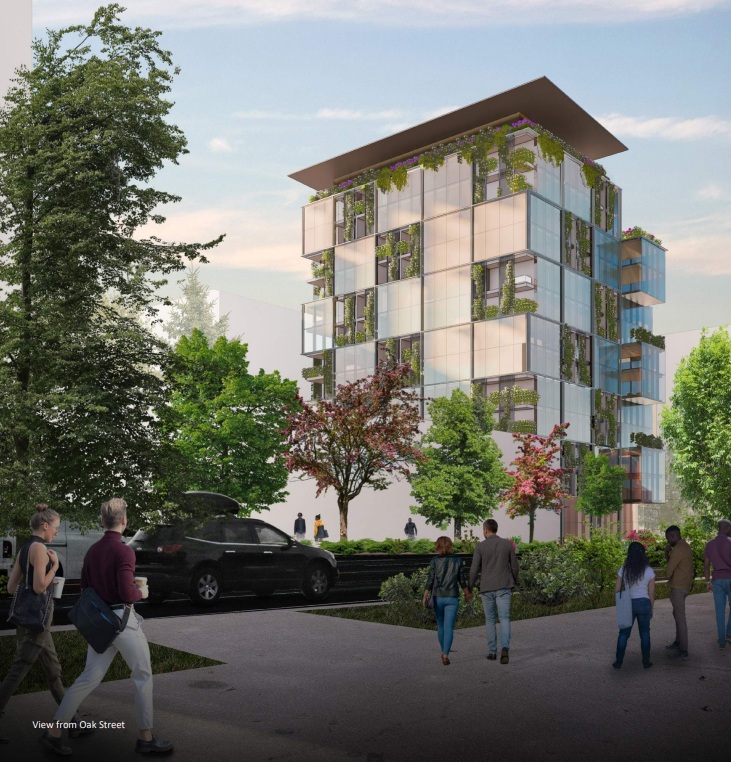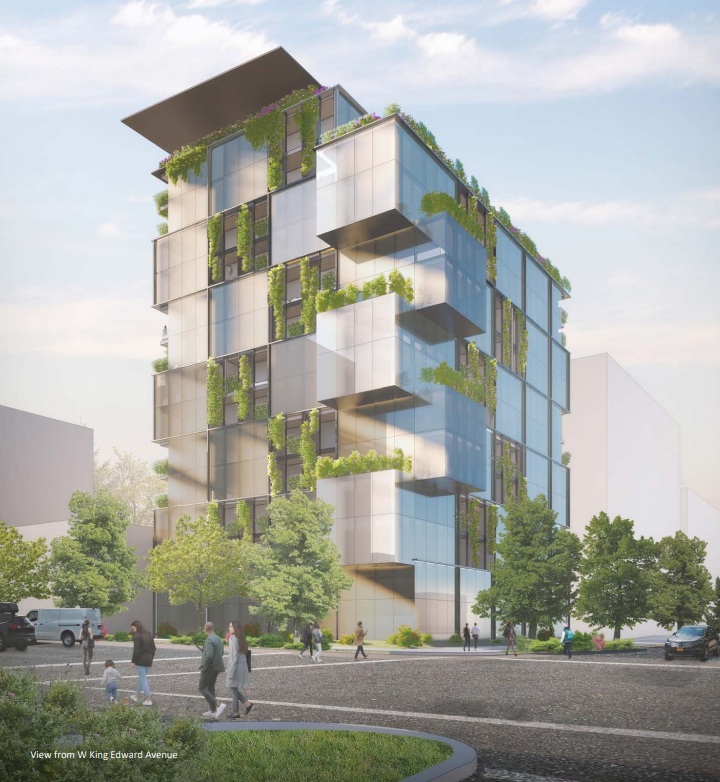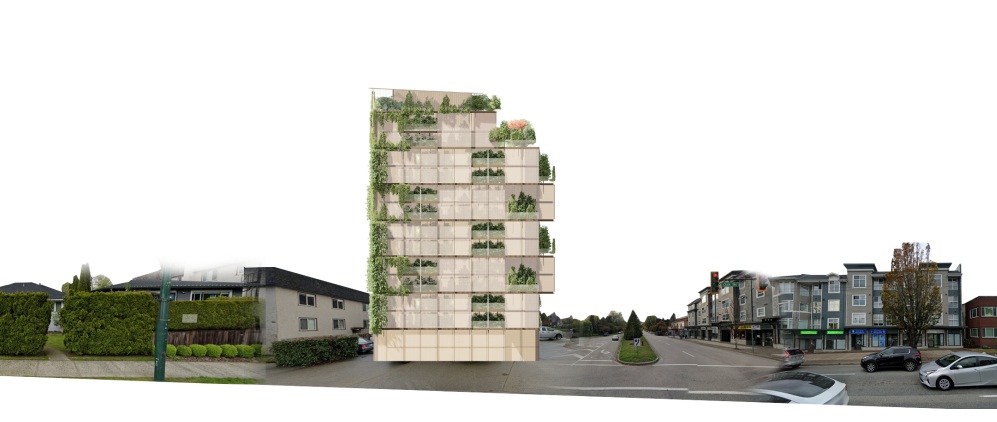Prime Minister Mark Carney is fulfilling one of the key promises the Liberal party made during the recent federal election campaign, specifically relating to eliminating the federal five per cent Goods and Services Tax (GST) on home prices for first-time homebuyers. “My government has a mandate to bring down costs. We are delivering this mandate by cutting taxes — so Canadians keep more of their paycheques to spend where it matters most,” said the prime minister, with the specific plans for the GST cuts now released following King Charles III’s speech from the throne on Tuesday. This will be applied as a rebate — the First-Time Home Buyers’ GST Rebate. For first-time buyers only, there will be zero GST applied on new homes sold at up to $1 million. For new properties bought at a price of between $1 million and $1.5 million, there will be a reduced GST for first-time buyers and their new homes. This means that for homes priced at up to $1 million, first-time buyers will save up to $50,000 by not having to pay the GST. Buyers with new, more expensive homes will be eligible for a reduced GST rebate, which falls incrementally from home prices of $1 million to $1.5 million. For example, a home price of $1.1 million would be eligible for a 20 per cent rebate of $40,000, a home price of $1.25 million would be eligible for a rebate of $25,000, and a home price of $1.4 million would be eligible for a rebate of $10,000. A “new home” purchase is defined as property bought from a new home by a builder, a self-built home or a self-contracted new home, or an acquisition of shares of a co-operative housing corporation. Individuals are eligible for the rebate if they are adults and Canadian citizens or permanent residents. As well, they must not have lived in a home that they owned or that their spouse or common-law partner owned in the calendar year or in the four preceding calendar years. This existing ownership status consideration exists both within and outside Canada. At least one of the purchasers in a sale must be a first-time buyer for use as their primary residence, with this individual required to occupy the home following the sale. The sale agreement must be made between May 27, 2025 and Dec. 31, 2030. Homes that have yet to be built under the agreement must begin construction before 2021, with substantial completion by no later than the end of 2035. For rebates for owner-built homes, an eligible individual — at least one of the owner-builders who qualify as a first-time homebuyer — can recover up to $50,000 of the GST or the federal part of the rebate. Construction on the property must begin on or after May 27, 2025, with substantial completion by the end of 2036. And as for the rebate through the co-operative housing corporation share acquisition, an individual can similarly claim up to $50,000. The acquisition and construction timelines are the same for this option. This amounts to an adjustment, expansion, and refinement of Carney’s promise made during the election campaign to eliminate the GST on “new and substantially renovated” home sales up to $1 million for first-time buyers. Conservative party leader Pierre Poilievre vowed to axe the GST for new homes up to $1.3 million, accounting for the higher home prices in markets such as Metro Vancouver and Greater Toronto. Carney’s policy move is endorsed by the Canadian Home Builders’ Association (CHBA), which states that they have been advocating for such changes for a long while, and that these regulations have not changed since the introduction of GST in 1991. They say the federal government at the time originally committed to adjusting the GST New Housing Rebate thresholds every two years to reflect changes in housing prices and protect housing affordability over time. But these thresholds have not been changed for about 35 years now. Prior to this week’s policy details announcement, the federal government offered a smaller rebate amount of up to $6,300 or 36 per cent of the GST payment that would be required for a home that costs $350,000 or less. If the home costs more than $350,000, the rebate is gradually reduced, with the rebate reaching zero for a home price of $450,000 and over. “For years, CHBA has been advocating for a change to the GST thresholds on new construction homes to help address housing affordability challenges in regions across the country, and this measure is a very positive step forward for Canadians,” said Kevin Lee, CEO of CHBA, in a statement. “Previously, without details around the implementation of this measure, Canadians wishing to enter the housing market were holding out on buying a new construction home, which results in fewer home starts, so it is encouraging that today first-time buyers can have the confidence to move forward.” But Lee suggests the rebate thresholds should be more expansive to provide a greater number of homeowners with relief. CHBA wants to see the zero GST threshold increased to new home prices of $1.5 million, with the gradual reduction kicking in for prices between $1.5 million and $2 million, which would expand the eligibility for first-time homebuyers in Metro Vancouver and Greater Toronto, where there are higher home prices. They are also urging the federal government to expand the rebate to all new homes


